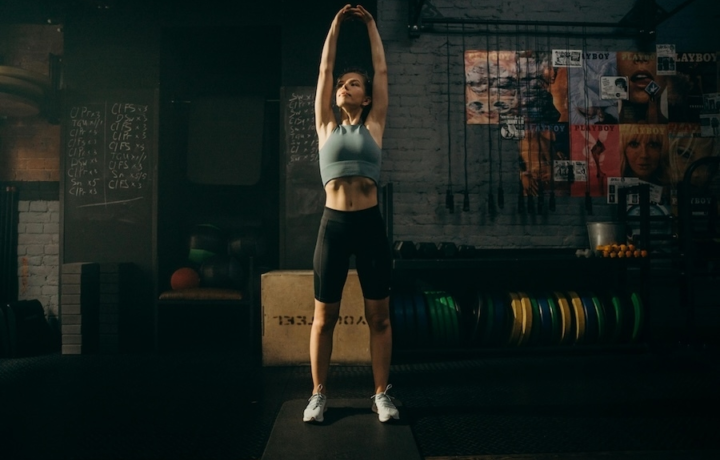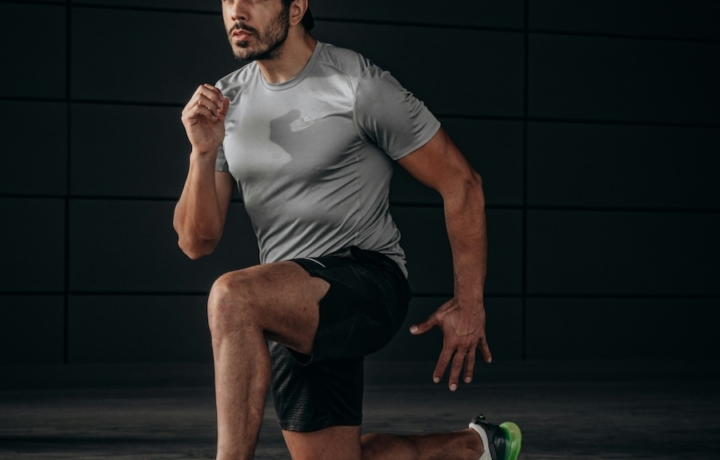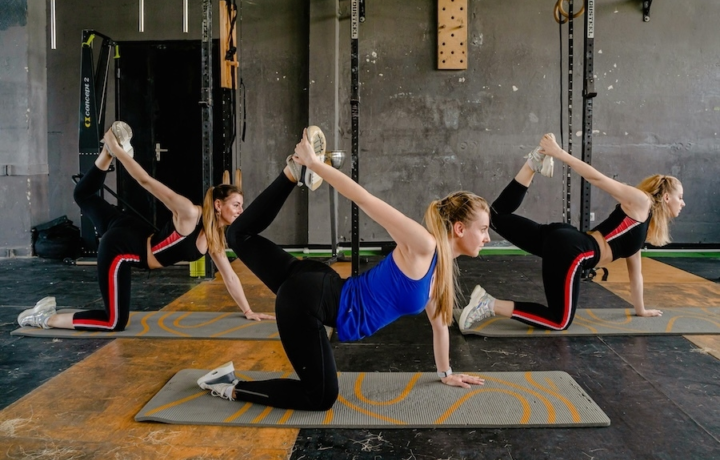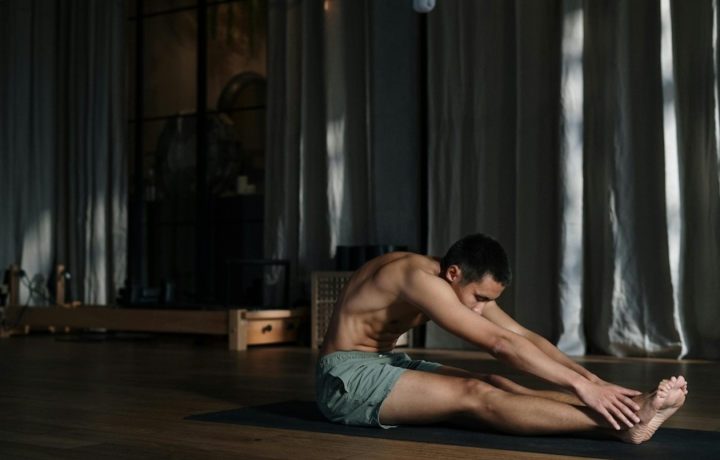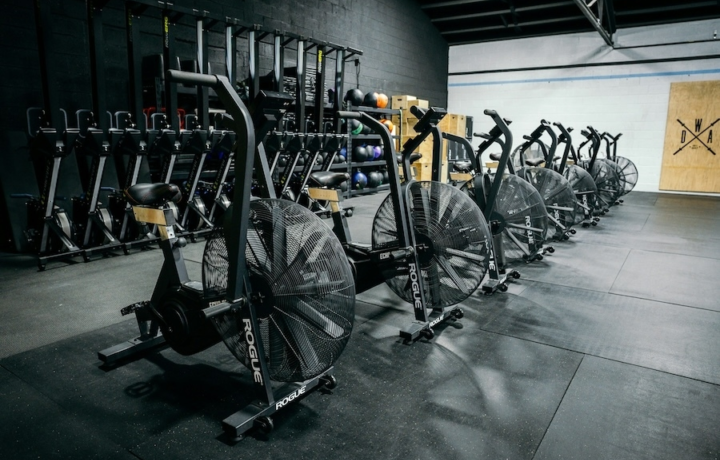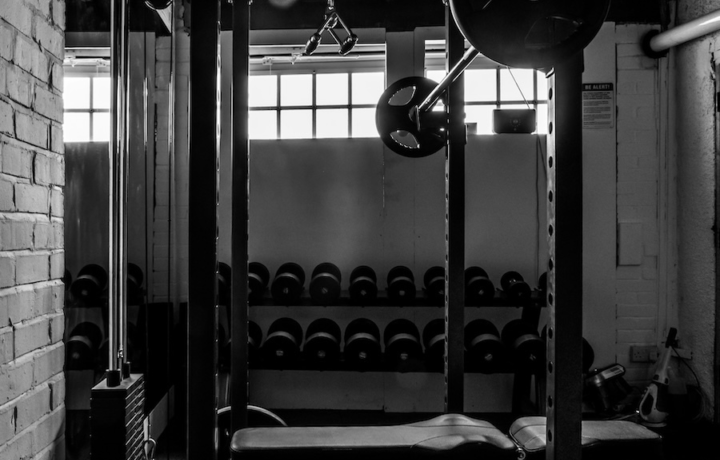The fundamentals of flexibility, mobility and daily movement health
Stretching
Stretching is more than a warm-up or cooldown: it’s a key part of long-term performance, injury prevention, and overall movement quality. Whether you're trying to improve range of motion, reduce soreness, or simply move more freely, this section covers the essential terms and practices. Understand the difference between static and dynamic stretching, learn how to incorporate mobility into your routine, and explore how flexibility supports your goals.
FAQ (6)
Stretching 3–5 times a week is ideal, especially after workouts or on rest days. Even short 10–15 minute routines can make a big difference when done consistently.
Static stretching involves holding a position for a set time to lengthen a muscle (e.g., hamstring stretch). Dynamic stretching uses controlled movements to warm up joints and muscles (e.g., leg swings). Use dynamic before workouts and static after workouts or during dedicated mobility sessions.
Stretching is beneficial both before and after a workout, but the type of stretch matters. Dynamic stretching before exercise (e.g. leg swings, arm circles) helps warm up muscles and joints. Static stretching (e.g. hamstring stretch, quad stretch) should be reserved for after the workout to improve flexibility and cool down muscles. Static stretching before exercise can impair performance and is better suited to post-workout recovery.
Stretching is often a part of the cool-down process, but cool-down exercises include more than just stretches. A cool-down focuses on reducing intensity, lowering heart rate, and releasing muscle tension, while stretching is specifically designed to increase flexibility and muscle length. Both are important for recovery, but cool-downs also involve deep breathing and light movement to regulate the body after exercise.
No, most stretches can be performed using just your body. However, tools like straps, blocks, or foam rollers can enhance your stretch, help with alignment, or target specific tension areas. These aren’t necessary, but they can make your routine more comfortable and effective — especially if you’re dealing with stiffness.
Yes. While it won’t guarantee injury prevention, stretching improves joint range of motion and muscle elasticity — both of which reduce the likelihood of strains and movement compensations. When combined with proper warm-ups and strength training, stretching supports overall durability and physical resilience.
Definitions
An advanced stretching technique that combines passive stretching and isometric contractions. Usually done with a partner or resistance band, PNF is highly effective for increasing flexibility — but requires more control and understanding than basic static stretches.
The degree to which a joint can move freely in a specific direction. Limited ROM can affect performance and increase injury risk. Stretching and mobility work help expand and maintain healthy ROM in areas like hips, shoulders, and ankles.
The ability to move a joint actively through its full range of motion, combining flexibility, strength, and control. Mobility training goes beyond stretching — it involves joint prep, activation work, and muscle engagement to improve how you move.
Active movements that take joints through their full range of motion. Common in warm-ups, dynamic stretching helps increase blood flow, prepare muscles for performance, and improve joint mobility — think leg swings, arm circles, or walking lunges.
A stretch where you hold a muscle in a lengthened position for 20–60 seconds without movement. Best used after workouts or on rest days to increase flexibility and promote relaxation. Not ideal as a warm-up before strength or high-intensity training.











